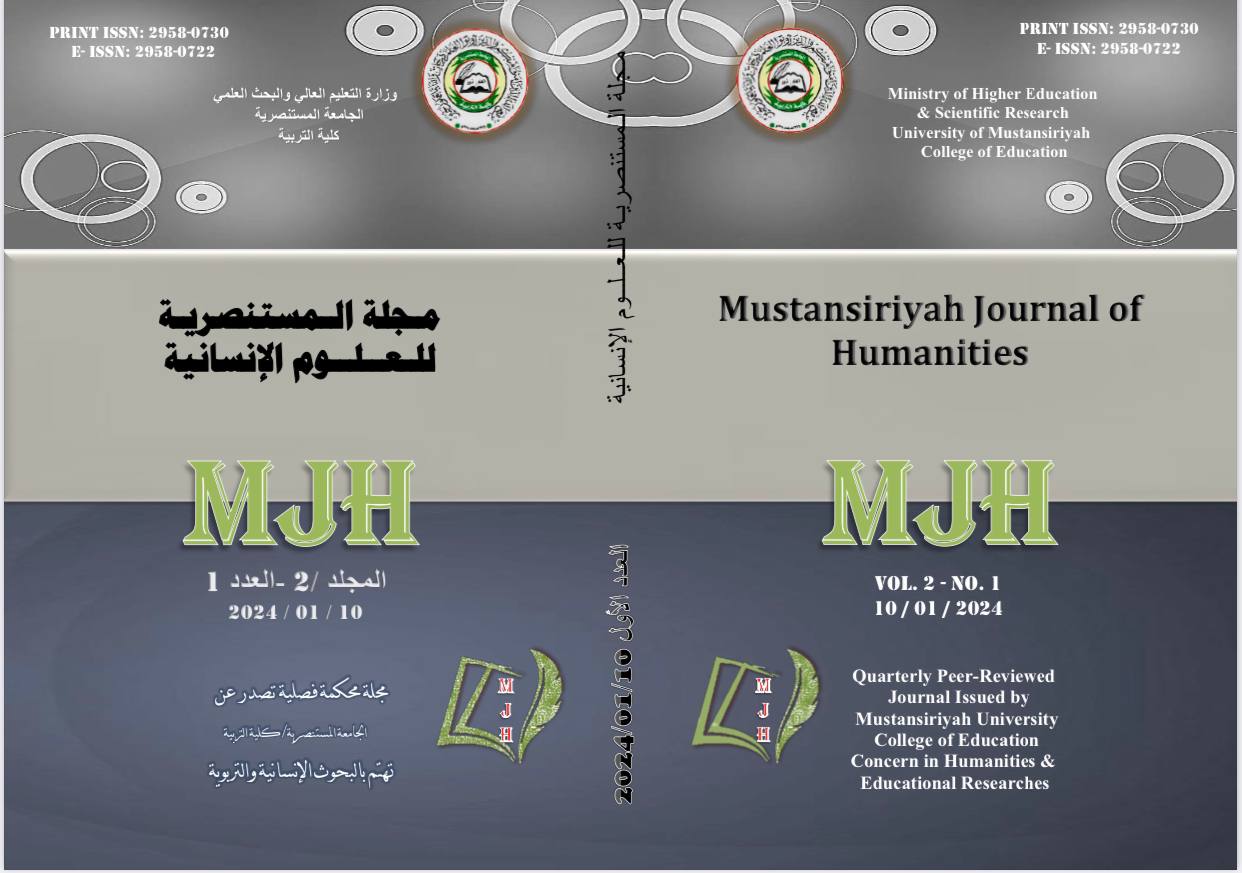Evaluation of geotechnical characteristics and their implications on the geomorphological hazard of soils northwest of Baghdad
DOI:
https://doi.org/10.47831/mjh.v2i1.310Keywords:
geotechnics, soil, subsidence, geomorphological hazardAbstract
One of the branches of applied geomorphology is the study of risks affecting structures due to soil. Predicting geomorphological risks related to soil requires a detailed and adequate study of factors such as natural soil characteristics and the locational factors affecting them in order to reach conclusions about the nature of potential risks impacting structures, and the possibility of mitigating them during the planning of future infrastructure projects. Thereupon, this study came about to assess the bearing capacity of the soil of northwestern Baghdad in supporting the building of structures and building construction projects in the future and the potential associated risks, specifically in the areas of (Al-Taji, Al-Kadhimiya, and Jukuk).
The study relies on the results of soil samples from six wells ranging in depth of 20-30 meters below ground level, which included most of the physical, chemical and engineering properties of the soil. All the results of well soil samples are obtained from the Soil Investigation Department at the National Center for Laboratories and Structural Research affiliated to the Ministry of Construction and Housing.
The results of the study shows that most of the soil of the region has a high capacity to bear the pressure resulting from the increase in the external load imposed on it, subsequently enabling it to resist settlement and subsidence. This means no possibility of a subsidence in future but on the condition that the soil should be dry, Therefore we recommend to do soil compaction operations before starting a project on it.





